|
LISTEN TO THIS THE AFRICANA VOICE ARTICLE NOW
Getting your Trinity Audio player ready...
|
Last week, a delegation from Orania, a whites-only Afrikaner enclave in South Africa, traveled to the United States in search of international support for their push for greater autonomy.
Their visit, which included meetings with conservative think tanks, Republican politicians, and right-wing influencers, was part of a broader effort to gain recognition as a self-governing entity. The town’s leadership argues that South Africa’s centralized government cannot effectively manage its diverse population and that Afrikaners should be allowed to govern themselves.
“We wanted to gain recognition, especially with the American focus on South Africa now,” Orania Movement leader Joost Strydom told Reuters during an interview in the town, where statues of Afrikaner leaders from both the colonial and apartheid eras stand as symbols of their self-proclaimed struggle for survival.
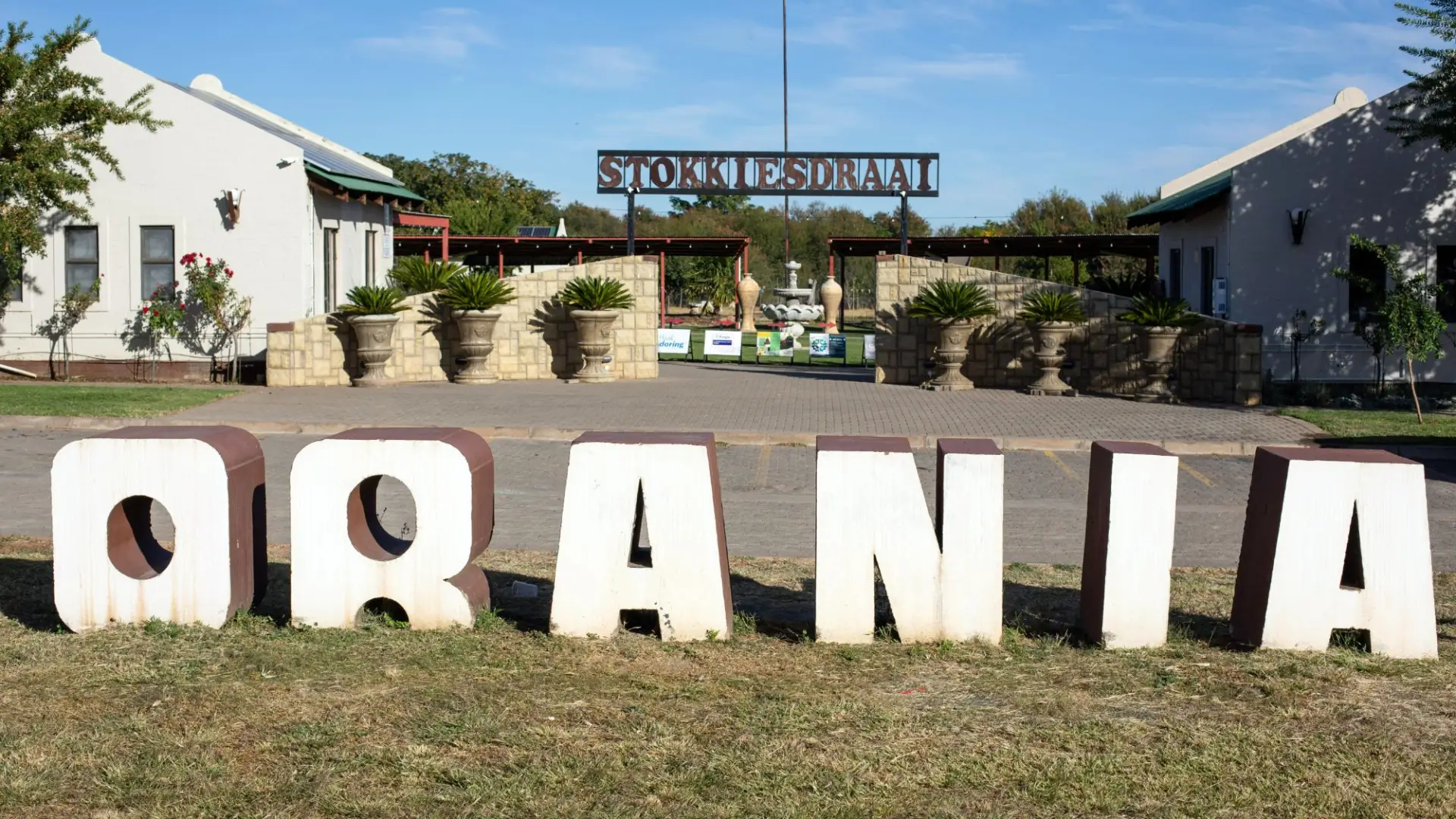
Orania, a town of 3,000 people in the semi-arid Karoo region, was founded in 1991 as a refuge for Afrikaners unwilling to integrate into South Africa’s new multiracial democracy. Since then, it has operated under South African law but maintained strict control over residency, employment, and governance, allowing only white Afrikaners to live and work there.
The visit to the U.S. comes amid increasing support from American conservatives for Afrikaner nationalists. In recent months, right-wing figures in the U.S. have echoed Orania’s concerns, particularly regarding South Africa’s land reform policies and Black economic empowerment laws.In February, U.S. President Donald Trump claimed that white farmers were being persecuted in South Africa, a statement the South African government strongly denied.
While Orania’s leaders did not confirm whether they met with Trump’s allies, they insisted that they were not looking for financial aid but rather investment to sustain the town’s rapid growth. “Our main focus is investment—housing, infrastructure, and energy independence,” Strydom said. Orania, which already generates nearly half of its own electricity through solar power, wants to expand its energy infrastructure to accommodate a population that is growing by 15% annually.
However, their pitch did not entirely resonate with American conservatives. Former Orania Movement leader Carel Boshoff revealed that many U.S. figures were more interested in discussing pathways for white South Africans to immigrate to the U.S. rather than supporting Orania’s separatist ambitions. “We can’t be exporting our people,” Boshoff said. “We told them… ‘help us here.’”
Orania’s origins date back to the final years of apartheid when a group of Afrikaners, fearing a future under Black-majority rule, purchased an abandoned government water project along the Orange River. Their goal was to create a self-sufficient homeland where Afrikaner culture and language could be preserved without outside interference. Today, the town has its own local government, schools, and even its own currency, the Ora.
Despite its self-imposed isolation, Orania remains under South African jurisdiction. “They are not a country,” South African foreign ministry spokesperson Chrispin Phiri told Reuters. “They are subject to the laws of South Africa and our constitution.”
Criticism of Orania has grown, particularly from South Africa’s leftist Economic Freedom Fighters (EFF), who accuse the town of attempting to undermine national unity. “Orania’s leaders are destroying the unity of this country,” the EFF said in a statement last week. Orania’s residents, however, insist that their project is not about exclusion but about protecting their identity and way of life.
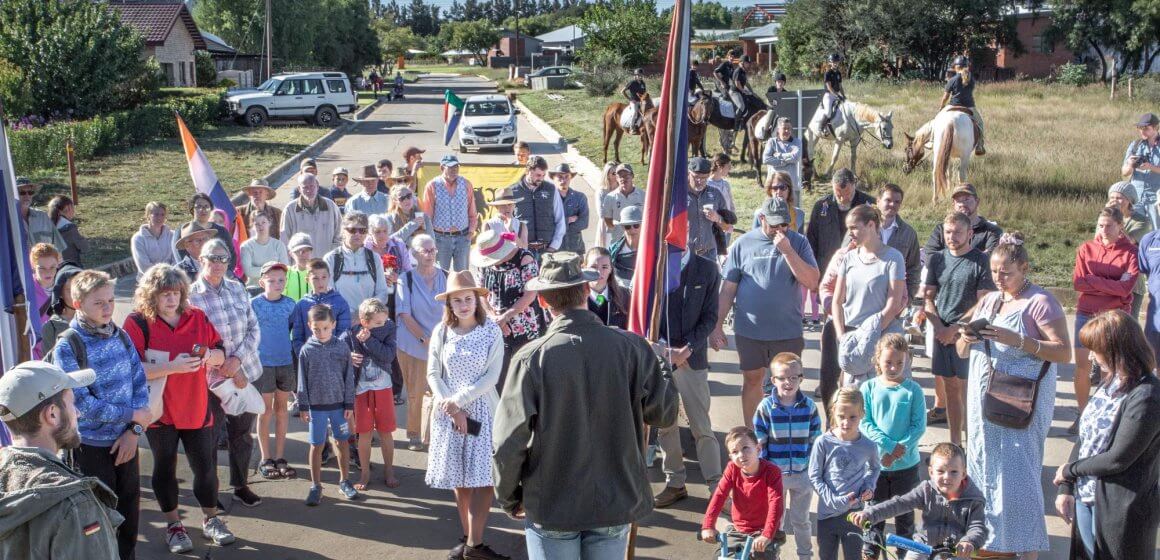
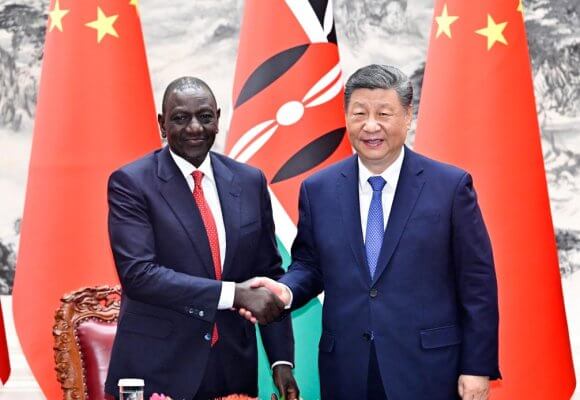
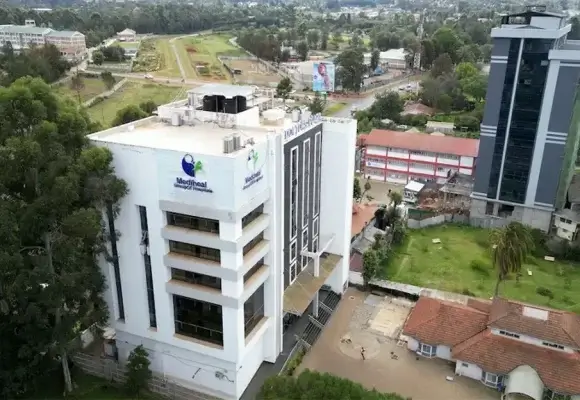
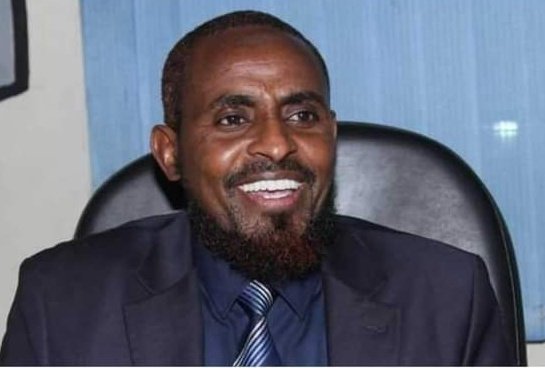
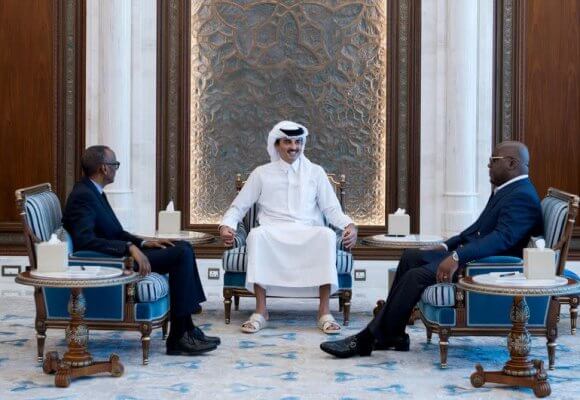


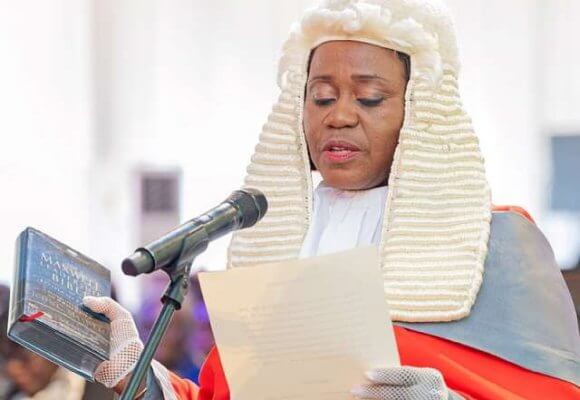
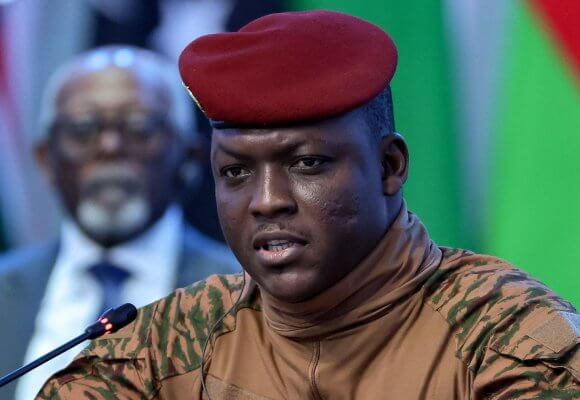


LEAVE A COMMENT
You must be logged in to post a comment.